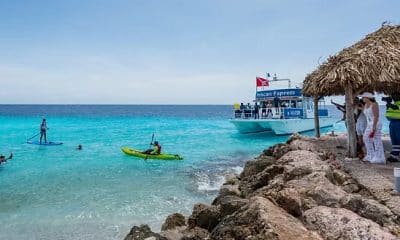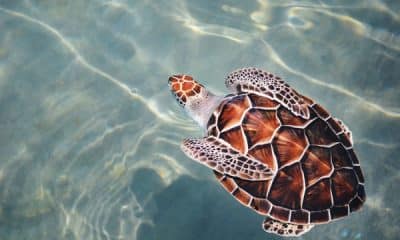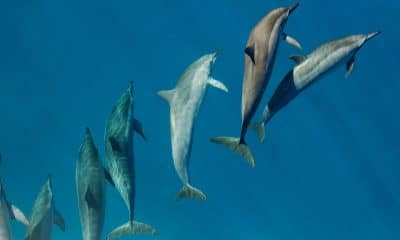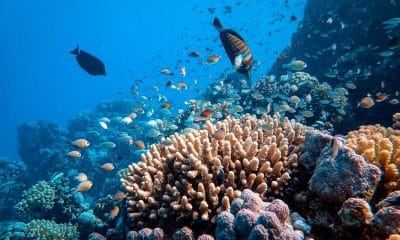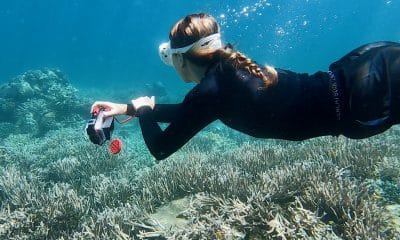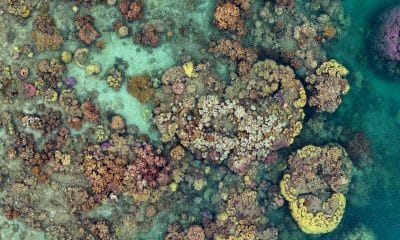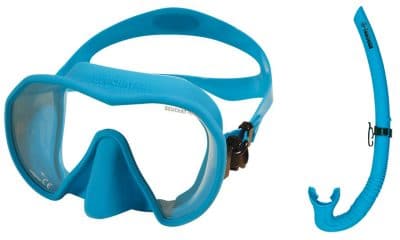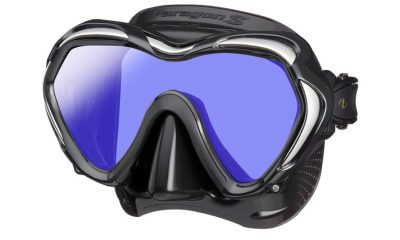Blogs
Snorkeling In India: 5 Great Reasons to Go There Now
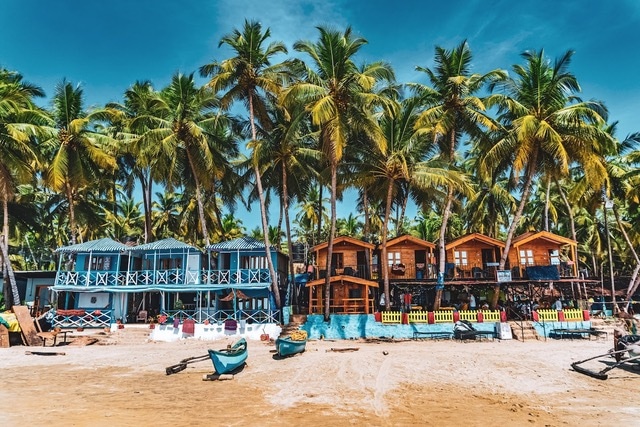
With its white-sand beaches and tropical islands, India is a must-visit snorkeling destination, but it doesn’t get the attention it deserves. There are isolated coral reefs, numerous shipwrecks, remote atolls, and shallow coral gardens that host an eye-popping array of marine life. With India recently opening its borders to fully vaccinated travelers, now is the time to explore this incredible destination before the rest of the world finds out.
1. Choose from numerous idyllic destinations.
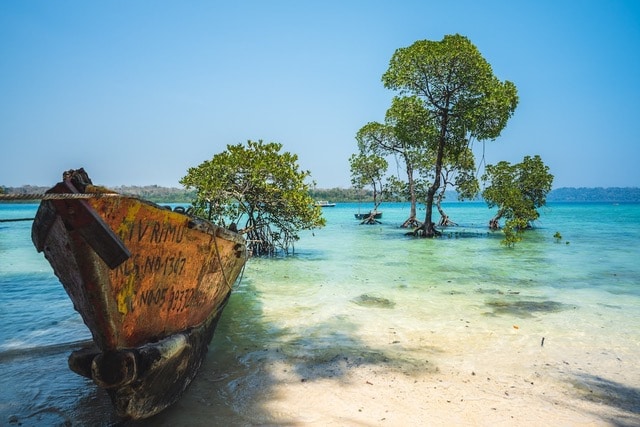
With over 8000 kilometers of coastline and 1382 islands nestled in the Indian Ocean, India has a huge variety of destinations and world-class snorkeling spots. The best time to visit India’s top destinations varies, meaning you can find somewhere in India to indulge your inner mermaid at almost any time of year.
The Andaman Islands are surrounded by bright blue waters and fringed with isolated coral reefs, making them one of the best places to go snorkeling in India. It is a tropical paradise destination with thriving mangroves that support diverse marine life and extraordinary birdlife.
Havelock Island and Neil Island are two of the most exceptional snorkeling spots in the Andaman Islands and are regularly rated as two of the best places for scuba diving in India.
2. Snorkel among vibrant marine life in crystal-clear waters.
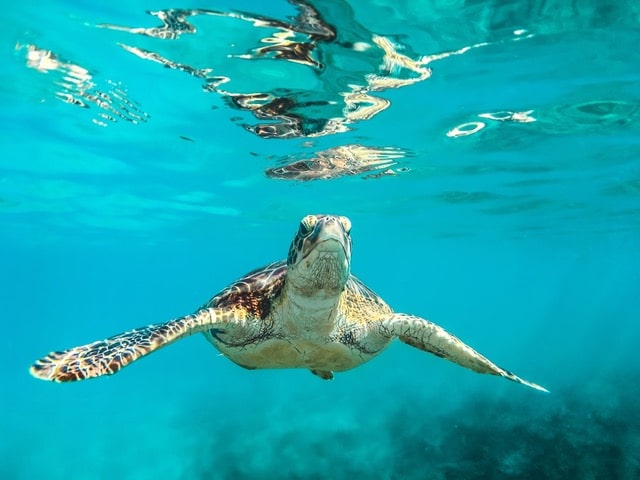
Sitting in the warm Indian Ocean, India’s snorkeling sites host a dazzling array of life, including abundant tropical reef fish, lionfish, moray eels and prized critters. Manta rays, whales and dolphins are also seen in India’s waters.
Sea turtles are regularly spotted cruising the reefs and nest at many of India’s islands, including at the Lakshadweep archipelago.
Kadmat Island (Cardamom Island) in Lakshadweep is all about turquoise seas, white sand beaches and encounters with numerous sea turtles. With healthy seagrass beds and coral reefs to explore, it is a mecca for marine life. Make sure you leave time to visit this impossibly idyllic island.
3. Explore endless golden beaches and castaway islands.
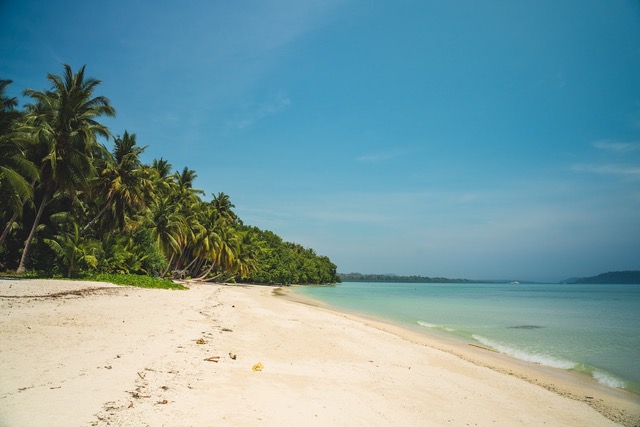
India’s islands are easily on a par with better-known island destinations such as the Maldives and Mauritius. There are swathes of golden and white sand beaches to explore, plus numerous untouched coral reefs and remote atolls.
Bangaram Atoll is entirely surrounded by coral reefs and the continuous nature of the reef makes it one of the most interesting places to snorkel at Lakshadweep. As well as gorgeous corals, Bangaram hosts Princess Royal, a famous 200-year-old shipwreck that attracts divers from around the world.
Sitting on the west coast of India by the Arabian Sea, Goa is known for its long beaches and lively nightlife. But if you step back from the bustling bars, you will find picturesque snorkeling sites and a destination rich in culture and history.
There are several snorkeling spots to choose from at Goa, with Grande Island being one of the most popular. The water can be cloudy around Goa but the shallow coral gardens, abundant fish life, and underwater shipwrecks make up for it.
4. Visit the chic ‘French Capital of India’.
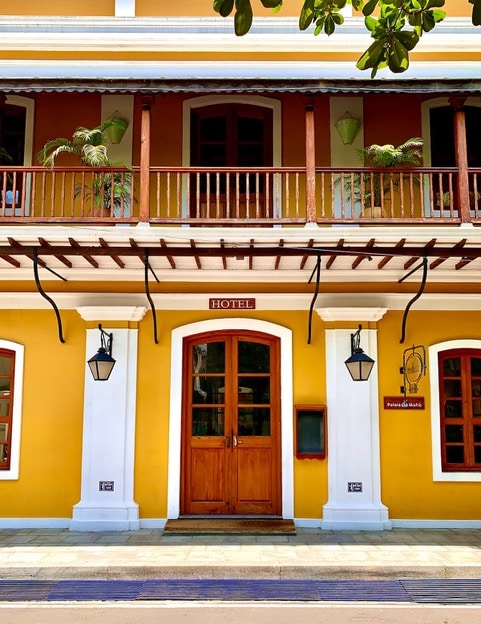
Puducherry’s crystal-clear waters are enough to attract any keen snorkeler to explore this well-known French colonial settlement and the surrounding area.
Above water, Puducherry is a quaint destination with a French Quarter of bougainvillea-lined streets, colorful colonial villas, and sophisticated boutiques. You could easily while away a couple of days there.
Below water is equally as eye-catching, with a huge range of marine environments along Puducherry’s vast coastline. There are unexplored coral reefs and shipwrecks, plus famous dive sites that also offer great snorkeling.
Aravind Wall at Puducherry is a popular snorkeling spot that is renowned for its diverse marine life. As well as numerous vibrant reef fish, there are lionfish, eels, rays, parrotfish, and crustaceans. If you visit during February or March, you might even see a passing whale shark.
5. See the second tallest Shiva statue in the world.
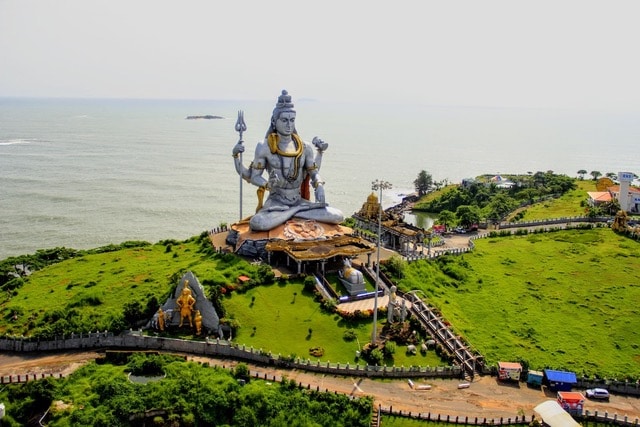
Netrani Island (Pigeon Island) is one of India’s best-known snorkeling spots and sits off the famous temple town of Murdeshwar. Shaped like a heart, it is also known as ‘the heart of India’s diving’ and offers world-class snorkeling with excellent conditions.
There are rarely any currents at Netrani, making it an ideal destination for snorkelers who like easy conditions or want to earn their Open Water Diver certification.
Start your days by exploring Netrani’s diverse coral landscapes then visit the fascinating Murdeshwar temple, which hosts the second largest Shiva statue in the world. At 123 feet (37 meters) tall, the statue is an impressive sight.
When is the best time to go snorkeling in India?
The best time to go snorkeling in India depends on which area of India you are visiting:
- Andaman Islands: November to April.
- Lakshadweep: October to May.
- Goa: October to May.
- Puducherry: February to April, September to November.
- Netrani Island: October to May.
Kathryn Curzon, a shark conservationist and dive travel writer for SSI (Scuba Schools International), wrote this article.
Blogs
The Suit Ocean Team leads the Ultimate Curacao Snorkeling Adventure
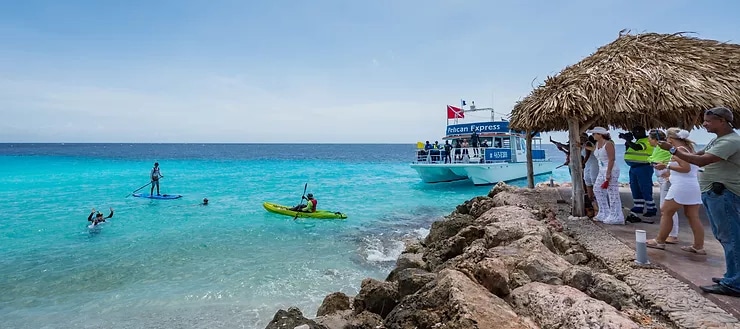
As passionate residents of our Dutch Caribbean Island, we must congratulate The Suit Ocean Team for creating more awareness about the importance of protecting our beautiful fringing reef systems in Curacao.
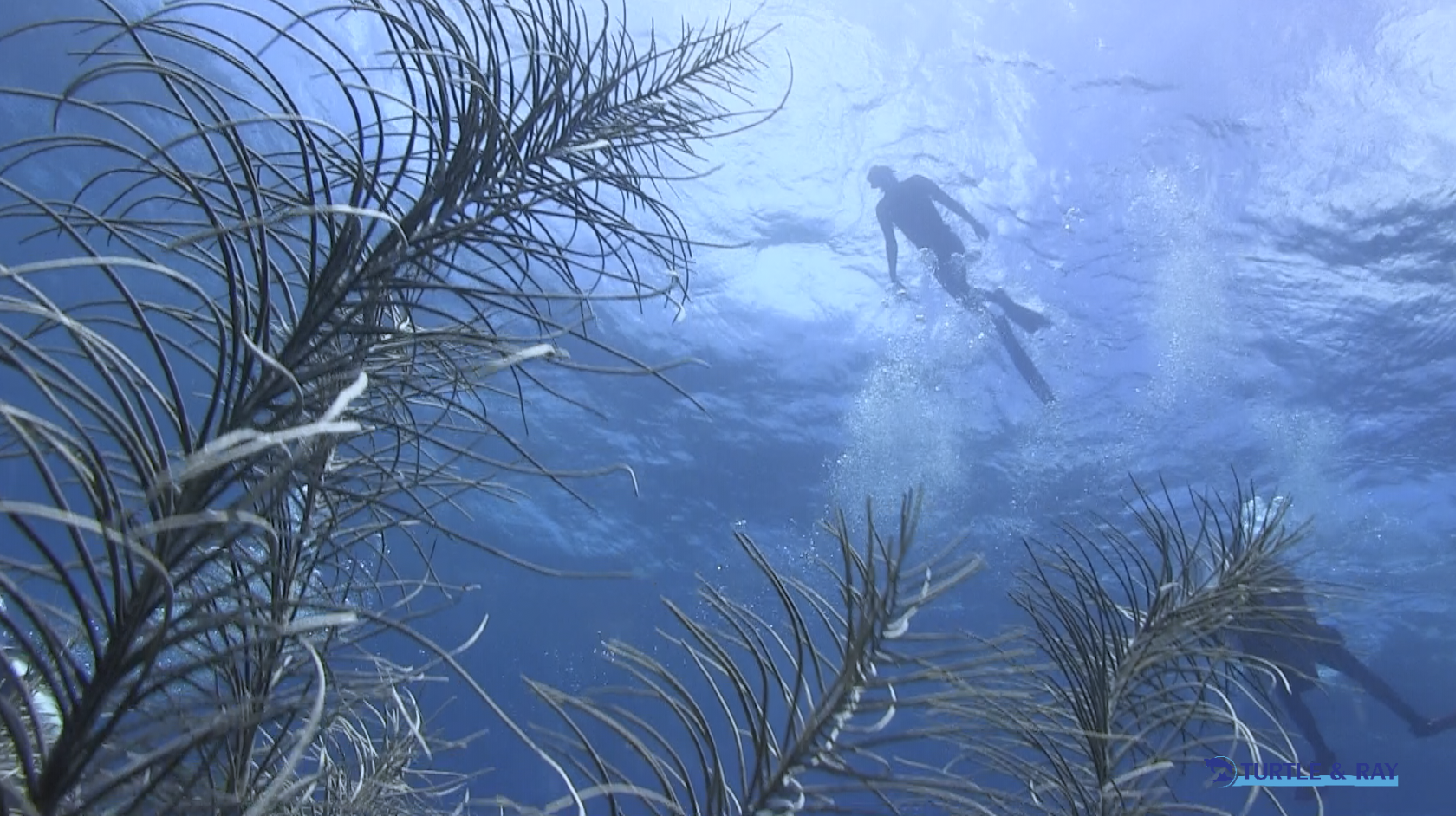
The film, Curacao Underwater Kunuku (Kunuku is Papiamento for Garden), not only documents this ultimate snorkeling adventure showing you how easy it is for everyone to access and enjoy a snorkel or diving experience, but it also showcases the interaction between man and nature, highlighting the beauty of underwater life while promoting conservation, preservation and the need to protect these vital habitats.
These are the key ingredients to this beautiful short film documentary. Watch NOW and please enjoy our “CURACAO UNDERWATER KUNUKU”.
This film, produced by the Lawrence Mensa Foundation (LMF), is also available in multiple languages including: Spanish, Papiamentu, Dutch, Portuguese and German.
Blogs
8 Unique Places to Go Snorkeling in Europe
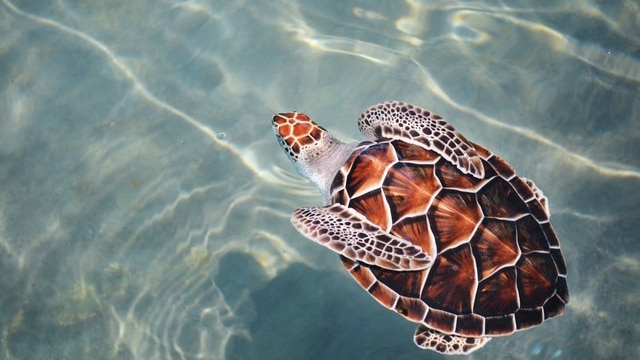
Snorkeling in Europe brings to mind golden sands dotted with beach umbrellas, clear waters, and rocky landscapes busy with Mediterranean fish life. Europe offers all of that, but it also offers so much more for snorkelers. Among Europe’s diverse countries, you can find impossibly bright blue lagoons, idyllic islands, and pristine marine reserves that host thousands of sea turtles and playful seals. You can snorkel over a sunken Roman city and explore one of the world’s premier marine megafauna hotspots. Ready for a summer vacation? Get inspired with our round-up of 8 unique places to go snorkeling in Europe.
Comino, Malta
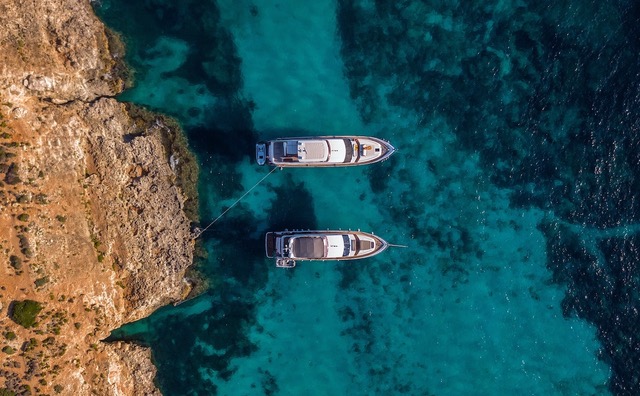
Sitting between the islands of Malta and Gozo, Comino Island is a paradise for snorkelers and divers alike. This tiny island hosts the brightest blue waters in the Maltese Islands and offers fantastic snorkeling among sheltered inlets and caves busy with diverse marine life.
Comino is best-known for hosting the Blue Lagoon; a bucket-list destination with crystal-clear waters and striking rocky landscapes. It is the perfect place to go snorkeling, take a hike, or simply marvel at the gorgeous scenery.
Medes Islands, Spain.
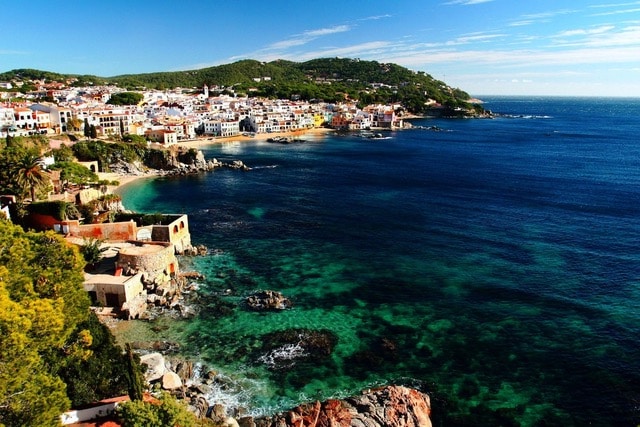
With over 500 dive sites and seaside destinations all along its coastline, Spain draws tourists from around the world. This vibrant country is one of Europe’s top vacation spots.
The Costa Brava in northeastern Spain is home to some of the most famous snorkeling spots in the country, one of which is the Medes Islands. This small archipelago of seven islets off L’Estartit is one of the best marine reserves in all of the Mediterranean.
Fishing was banned at the Medes Islands over 30 years ago, which has allowed marine life to flourish there. Seagrass meadows and rocky areas busy with fish await. A visit to this exceptional marine ecosystem is a must if you are visiting Spain.
Zakynthos, Greece.
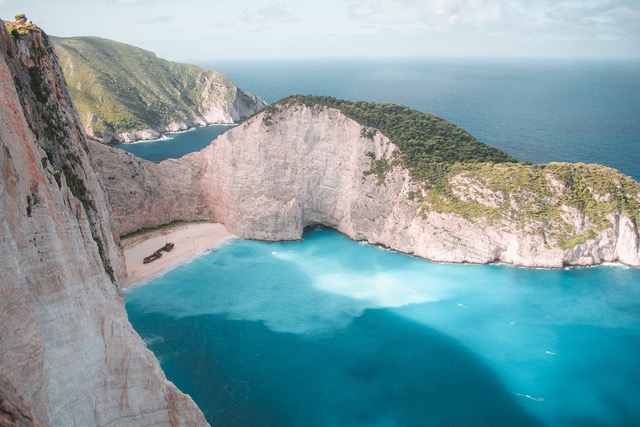
If you love sea turtles, Greece should be top of your list of places to go snorkeling in Europe.
Zakynthos is home to Marathonisi Island, also known as ‘Turtle Island’. This small island sits within the National Marine Park of Zakynthos and is a vital breeding ground for loggerhead sea turtles. The National Marine Park of Zakynthos was created in 1999 to protect these turtles, plus rare Mediterranean monk seals, which give birth to their young in Zakynthos’s secluded caves.
Marathonisi, nearby Cameo Island, and Zakynthos, are the top places in Europe to swim with turtles. In the summer months, thousands of loggerhead turtles visit the area to lay their eggs and you can go snorkeling with them.
Lundy Island, United Kingdom.
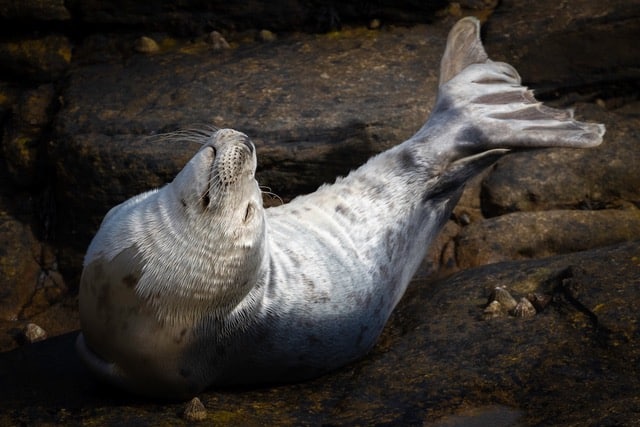
Snorkeling with seals is bound to leave a smile on your face. These cheeky animals are known for getting up close to snorkelers, checking them out, and occasionally nibbling fins.
Lundy Island is one of the best places to go snorkeling with seals in Europe. This island sits just 12 miles off the coast of Devon and hosts a breeding colony of Atlantic grey seals. The seals can be found playing in the surf and lounging in the sunshine at various points around the island.
Grab your snorkeling kit and dive in. Below the water, you will find shallow sunlit kelp forests, a variety of reefs, sea caves, and pinnacles. Lundy is a popular place for diving, but you will see plenty of marine life from the surface, including bright cup corals, anemones, fish, and hopefully seals.
Sunken City of Baiae, Italy
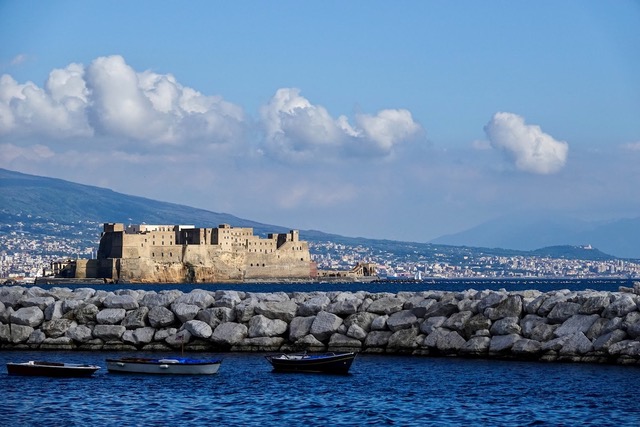
Not every great snorkeling experience is about marine life. In Italy, you can snorkel over ancient Roman ruins.
Two thousand years ago, Baiae was the destination for rich Romans to escape the city and relax by the seaside. Countless emperors and merchants flocked to Baiae’s shores every year, until tectonic activity forced this thriving city underwater.
Today, Baiae is an intact underwater city and one of the top highlights of snorkeling and diving in Italy. Observing these ruins is a breath-taking experience that brings history to life. There are Roman statues, a thermal spa, paved roads, and pillars dating back to the 1st century BC.
Corsica, France
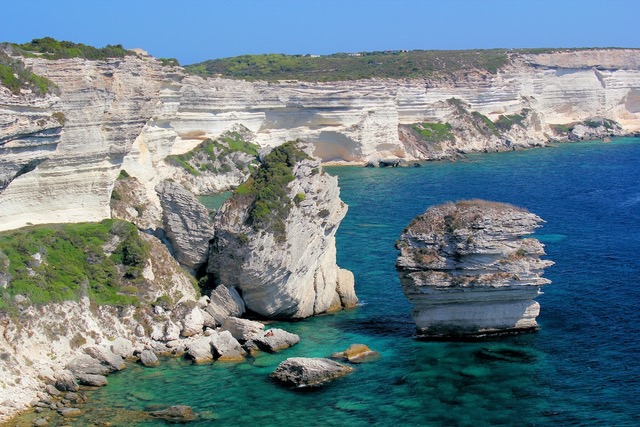
Corsica is renowned for its crystal-clear waters and shallow bays perfect for snorkeling with your kids.
This gorgeous island in the Mediterranean Sea boasts dramatic cliffs and white-sand beaches that hosts a wealth of accessible snorkeling spots. There are rich seagrass beds and rocky landscapes, plus small hidden coves dotted around the island. All of which host a diverse array of marine life, including huge schools of fish, octopi, moray eels, and starfish.
Corsica’s calm waters make it ideal not just for kids, but also for beginner snorkelers and those who want an easy time in the water. With water temperatures reaching up to 26 °C, plus water visibility of up to 30 meters, Corsica ticks the boxes for a laidback beach and snorkeling vacation.
Traun River, Austria
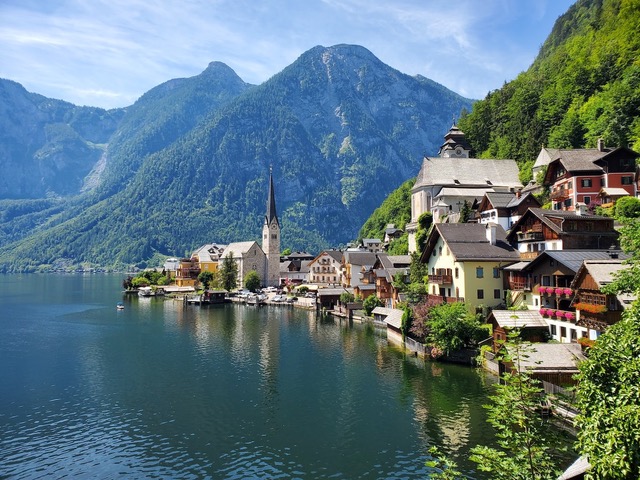
You might not think of Austria for snorkeling, but this land of iconic mountains and lush green landscapes has pristine lakes that attract divers and snorkelers every year. Away from the lakes, you can go snorkeling in spring-fed rivers that gleam in the sunshine.
Forget about floating on the surface when you go river snorkeling. At the Traun River in Upper Austria, river snorkeling involves rock jumping, canyoning, and some relaxed floating downstream. Along the way, you can explore interesting rock formations, underwater caves, and a waterfall, and meet freshwater fish life. This is also an excellent spot to go drift diving.
The Azores, Portugal
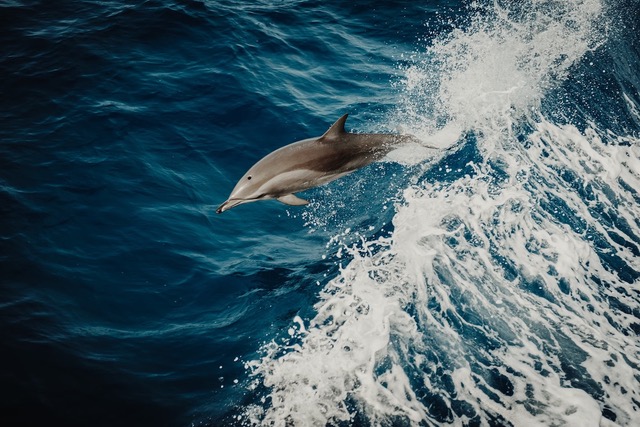
Sitting in the middle of the Atlantic Ocean and surrounded by endless blue waters, the Azores is a mecca for marine megafauna.
These famous islands host a remarkable amount of marine life, including more than 27 whale and dolphin species, mobula rays, and sharks. Snorkeling at the Azores is a great way to experience this wealth of life. You can swim with dolphins and snorkel among dozens of mobula rays and big pelagic fish.
And if you have a scuba certification, you can also go diving with mako and blue sharks. With water visibility reaching up to 60 meters, the Azores is incredible whichever way you choose to explore.
Kathryn Curzon, a conservationist and dive travel writer for SSI (Scuba Schools International), wrote this article.



